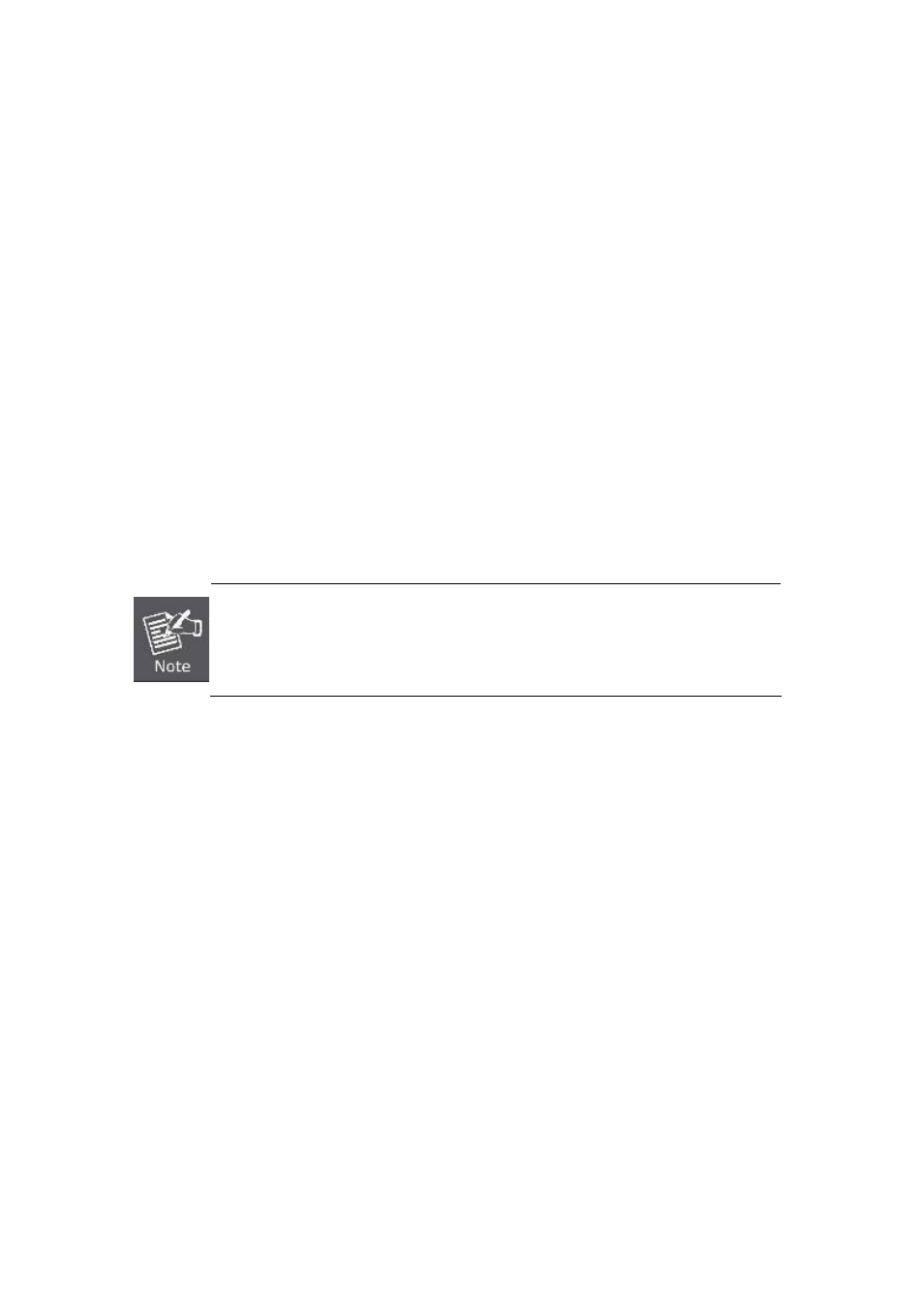3 diffserv – PLANET SGSD-1022 User Manual
Page 247

User’s Manual of SGSD-1022 / SGSD-1022P
SGSW-2840 / SGSW-2840P
4.10.3 DiffServ
The commands described in this section are used to configure Quality of Service (QoS) classification criteria and service
policies. Differentiated Services (DiffServ) provides policy-based management mechanisms used for prioritizing network
resources to meet the requirements of specific traffic types on a per hop basis. Each packet is classified upon entry into the
network based on access lists, IP Precedence, DSCP values, or VLAN lists. Using access lists allows you select traffic based
on Layer 2, Layer 3, or Layer 4 information contained in each packet. Based on configured network policies, different kinds of
traffic can be marked for different kinds of forwarding.
All switches or routers that access the Internet rely on class information to provide the same forwarding treatment to packets in
the same class. Class information can be assigned by end hosts, or switches or routers along the path. Priority can then be
assigned based on a general policy, or a detailed examination of the packet. However, note that detailed examination of packets
should take place close to the network edge so that core switches and routers are not overloaded.
Switches and routers along the path can use class information to prioritize the resources allocated to different traffic classes.
The manner in which an individual device handles traffic in the DiffServ architecture is called per-hop behavior. All devices along
a path should be configured in a consistent manner to construct a consistent end-to-end QoS solution.
1. You can configure up to 16 rules per Class Map. You can also include multiple classes
in a Policy Map.
2. You should create a Class Map before creating a Policy Map. Otherwise, you will not be
able to select a Class Map from the Policy Rule Settings screen.
Configuring Quality of Service Parameters
To create a service policy for a specific category or ingress traffic, follow these steps:
1. Use the “Class Map” to designate a class name for a specific category of traffic.
2. Edit
the
rules for each class to specify a type of traffic based on an access list, a DSCP or IP Precedence value, or a VLAN.
3. Use the “Policy Map” to designate a policy name for a specific manner in which ingress traffic will be handled.
4. Add one or more classes to the Policy Map. Assign policy rules to each class by “setting” the QoS value to be assigned to
the matching traffic class. The policy rule can also be configured to monitor the average flow and burst rate, and drop any
traffic that exceeds the specified rate, or just reduce the DSCP service level for traffic exceeding the specified rate.
5. Use the “Service Policy” to assign a policy map to a specific interface.
247